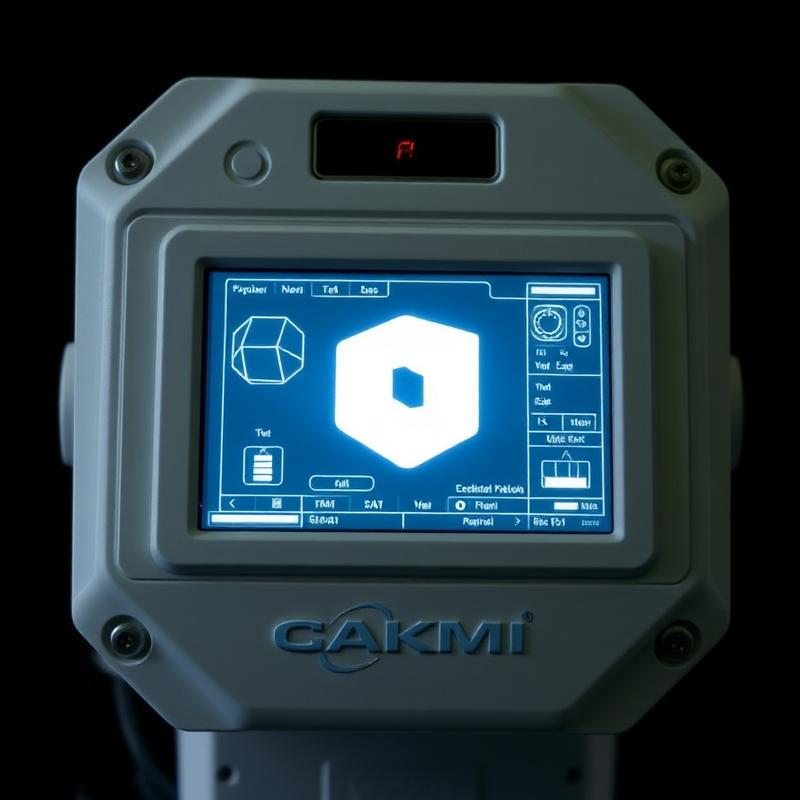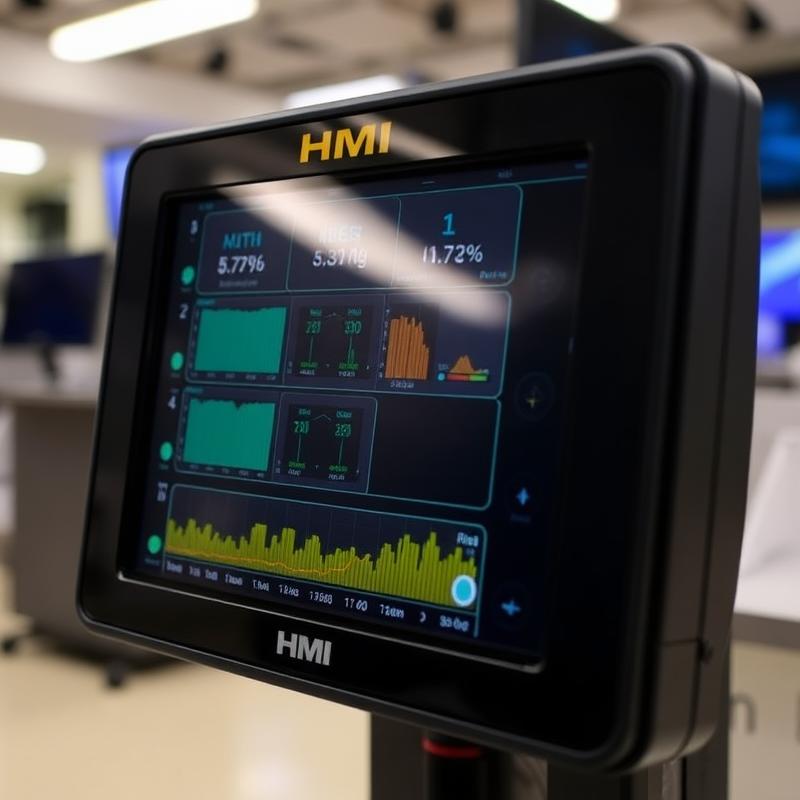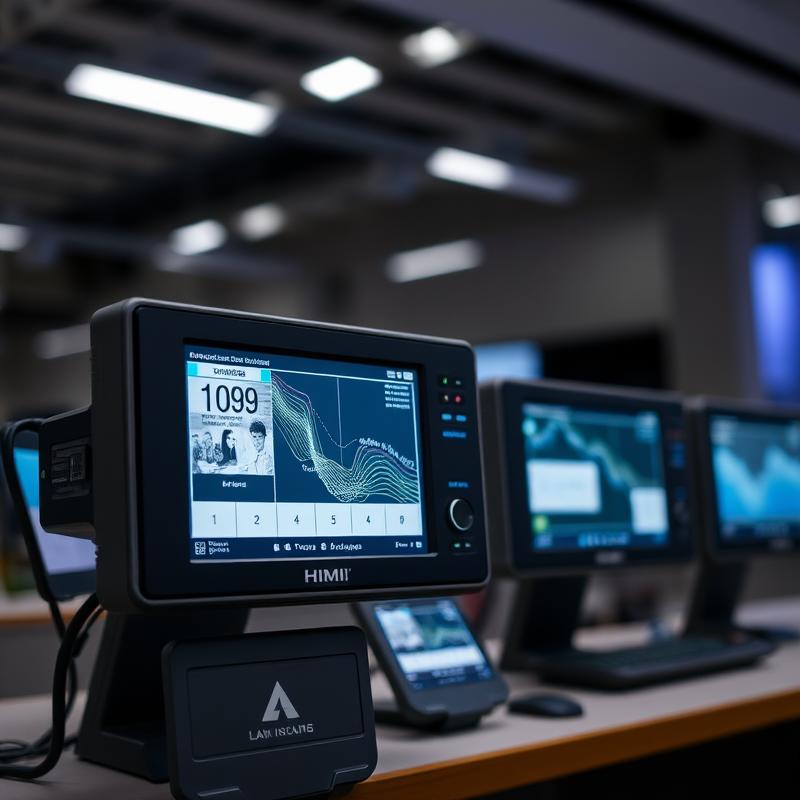
Medical Human Machine Interface (Medical HMI)
The medical human machine interface (HMI) is an interactive bridge connecting medical professionals, patients and medical equipment or systems. It aims to achieve the input, output, monitoring and control of medical data through intuitive, safe and efficient operation methods. It is a core component of modern medical equipment (such as ventilators, monitors, surgical robots, imaging systems, etc.) and digital medical systems (such as electronic health records, remote diagnosis and treatment platforms).
Rayera Medical HMI Solution
In medical HMI application scenarios, factors such as light quality, color accuracy, and light directionality are directly related to the effectiveness of human-machine interaction in medical equipment, and their importance is self-evident. With deep industry experience and cutting-edge technical knowledge, our team has successfully created a lighting solution. It has reliable performance and high precision. In practical applications, it can make nursing staff more comfortable when operating medical equipment, and also bring patients a safe medical experience, which is truly intuitive, efficient and safe.



